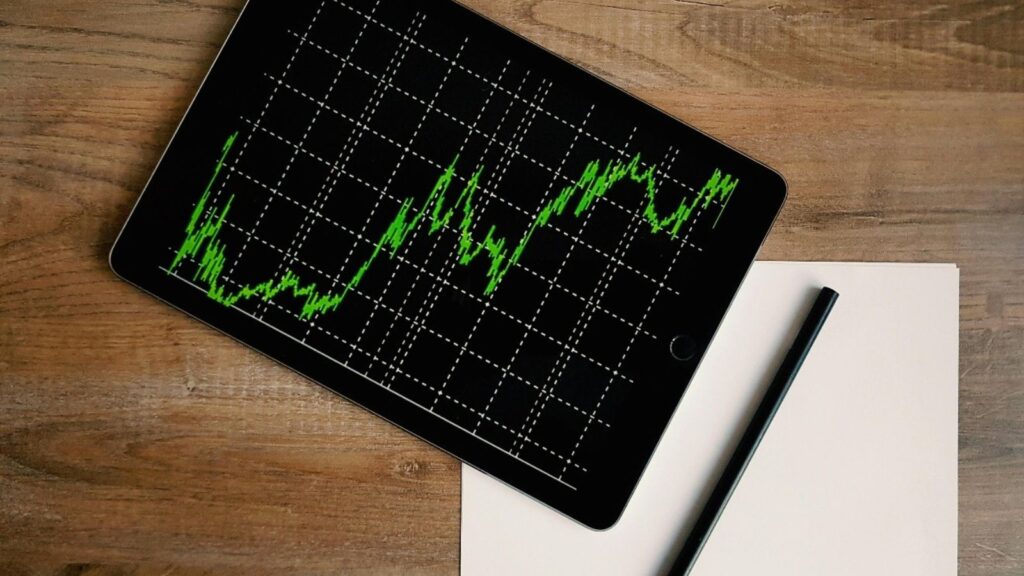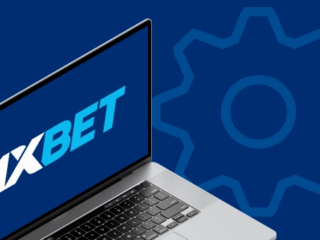
Trading algorithms are a hot trend in the world of finance. They promise quicker decisions and smarter trades. But can backtesting these algorithms actually make a difference?
Let’s break it down and see if backtesting really plays a role in improving trading strategies. By the end, you’ll know if it’s worth your time.
What Is Backtesting and Why Does It Matter?
Backtesting sounds easy enough. You take a trading algorithm and test it on past market data to see how it would have performed. Think of it like a dress rehearsal for your trading strategy. The goal? To figure out if it works before putting it to use in live markets.
Now, you might wonder how this applies to different kinds of trading. For example, consider mini vs micro futures. These are smaller-sized futures contracts designed for retail traders. Let’s say you’re developing an algorithm to trade these contracts. Backtesting helps you know how the algorithm might perform in the unique world of mini or micro futures. Without testing, there’s no way to know if your approach works or fails.
Overall, backtesting builds confidence. But it’s more than just a comfort blanket. It can be the difference between success and costly mistakes.
The Benefits of Backtesting Algorithms
The main benefit? Pure insight. Backtesting gives traders a bird’s-eye view of their strategies in action. You see what works and what doesn’t. It’s data-driven decision-making at its best.
Another advantage is spotting patterns. With historical data at your fingertips, you can check for recurring market trends. For instance, does your algorithm perform better in bull markets or bear markets? Backtesting answers these questions quickly.
Risk management is also a huge perk. Trading is risky, and no one likes losing money. Testing your strategies against real data reveals potential dangers. You can adjust risk settings in advance. This keeps your losses small, even if things don’t go as planned.
Lastly, backtesting saves time. Imagine rolling out an untested algorithm live. You’d have to wait days or weeks to see how it performs. Backtesting cuts this process down to hours. You get fast feedback without risking real cash.
The Limitations Everyone Needs to Know
Backtesting isn’t perfect. It has its flaws. For starters, past performance doesn’t guarantee future results. Financial markets change all the time. What worked on historical data might fail in tomorrow’s market conditions.
There’s also the risk of overfitting. Overfitting means you tweak your algorithm so much that it fits historical data perfectly. The problem is that it then fails miserably in live trading. It’s like memorizing a map for a trip but then realizing the streets have been renamed.
Another issue? The quality of data. Backtesting relies on clean, accurate historical data. If the data you use is flawed, your results will be, too. Garbage in, garbage out.
Also, there’s the emotional aspect. Some traders over-rely on backtesting. They spend more time tweaking algorithms than focusing on live trading. This creates a false sense of security. The real market will always be unpredictable.
How to Backtest the Right Way
Successful backtesting isn’t just about running tests non-stop. It’s about doing it smartly. First, start with quality data. This means accurate, reliable data that truly reflects market conditions.
Next, set clear goals. Don’t test for the sake of it. Define what success looks like. Are you aiming for small, consistent profits or big wins with higher risks? Your testing should match your goals.
Keep it realistic. Don’t assume perfect conditions. Slippage, fees, and human errors exist. Include these factors in your simulation. This gives you a more honest picture of your algorithm’s performance.
Finally, test across various market conditions. Markets can be volatile, calm, bullish, or bearish. A great algorithm adapts to all scenarios, not just one.
Does It Actually Help?
Backtesting is great for fine-tuning trading algorithms. It gives useful insights, cuts down on risks, and saves time. But let’s be real—it’s not a magic crystal ball. It won’t predict the future or get rid of every risk.
For traders focused on mini vs micro futures, backtesting is a must. These smaller contracts appeal to individual traders and often have distinct market behaviors. Testing your algorithms here is key to success.
However, over-reliance on backtesting can backfire. It’s one tool of many in a trader’s toolkit. Pair testing with other things, like live paper trading, for the best results.
Final Thoughts
Backtesting is a great way to improve your trading algorithms. It builds confidence, reveals flaws, and helps refine strategies. But it’s not foolproof. Use clean data, keep assumptions realistic, and don’t rely on backtesting alone.
Trading is about balancing preparation and adaptability. Use backtesting wisely to stay ready for the market’s ups and downs.












